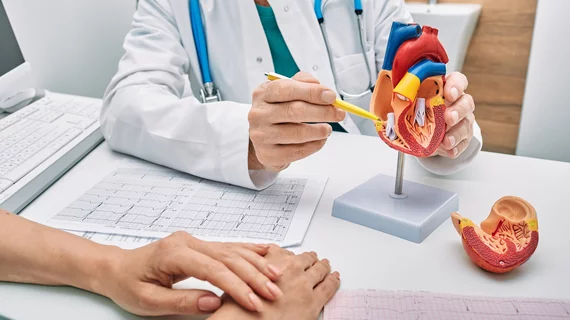Researchers awarded $31M to study conduction system pacing among heart failure patients
Researchers from a variety of schools—including the VCU School of Medicine, Baylor College of Medicine and University of Utah School of Medicine—have been awarded $31 million in funding from the Patient-Centered Outcomes Research Institute to study the effectiveness of using conduction system pacing to treat patients who present with heart failure (HF) and conduction system disease.
“We’ll be assessing a new way of pacing the heart that we think has the potential to revolutionize how we treat patients who are struggling with abnormal heartbeats,” Kenneth Ellenbogen, MD, cardiology chair at the VCU School of Medicine and director of clinical cardiac electrophysiology and pacing at the VCU Pauley Heart Center, said in a prepared statement. “Once the study begins, it will likely be one of the largest heart pacing clinical trials happening in the world over the next few years.”
Patients with HF and conduction system disease are typically treated with biventricular pacing through a pacemaker, but that approach is not always associated with improved outcomes. Conduction system pacing involves sending electrical pulses directly from a patient’s pacemaker to their heart’s electrical signal conducting cells.
“This strategy is advantageous because we’re essentially recruiting the heart’s own conduction system and pacing the heart in a more natural manner,” Ellenbogen said in the same statement. “Conduction system pacing is also a simpler implant procedure and is anticipated to be less costly to HF patients.”
Ellenbogen et al. will track data from more than 2,000 patients at 65 different facilities throughout the United States. Both conduction system pacing and biventricular pacing will be used in the analysis, allowing the team to compare the two techniques with one another. VCU’s Imaging Core Lab will also be involved in this research, overseeing the imaging carried out at all 65 facilities participating in the study. This is expected to include approximately 10,000 echocardiograms and 1,000 cardiac MRIs.

